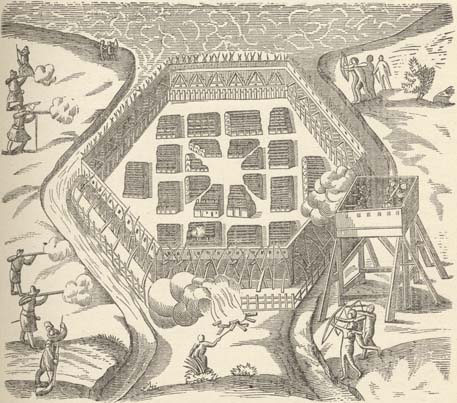Jürgen Hubert
First Post
Set said:There's a difference between my first image of a castle (which is indeed Neuschwanstein) and my understanding of what real castles looked like. It's kind of a false posit.
Nor do I see any reason to single out Americans.
I didn't - in my initial post on this subject, I provided a counter-example for Germans: The perception of Native Americans in the "Old West" over here.
German perception of Native Americans is possibly irretrievably shaped by the works of Karl May, a German writer of dime novels who wrote a large number of stories near the end of the 19th centuries. Many of these stories were set in North America, and what he lacked in factual knowledge (he only visited North America long after he wrote these stories) he made up for with a vivid imagination (he was also prone to adding rather blatant author stand-ins into his stories). These stories tended to perpetuate the stereotype of Native Americans as "noble savages" and all things considered were for the most part grossly inaccurate.
Nevertheless, his stories were widely read by German youths throughout the many decades that followed and shaped German perceptions to this very day. I'll bet with you that one the first things that springs to the mind of Germans when asked about Native Americans is Winnetou, the protagonist of most of these stories.
So you see that I wasn't trying to make fun of Americans with my comments about castles - cultural misconceptions are an international phenomenon (just ask some East Asians what comes to their mind regarding Europe or the USA, especially if they have never been here). The people on this board all have a good knowledge of what castles are, and the odds are good that their circle of friends also mostly includes lots of people with an active interest in history.
But the Americans without an active interest in history and no prior European travel experience? I still say their ideas of castles is likely to be distorted by Neuschwanstein and the Disney castle.









